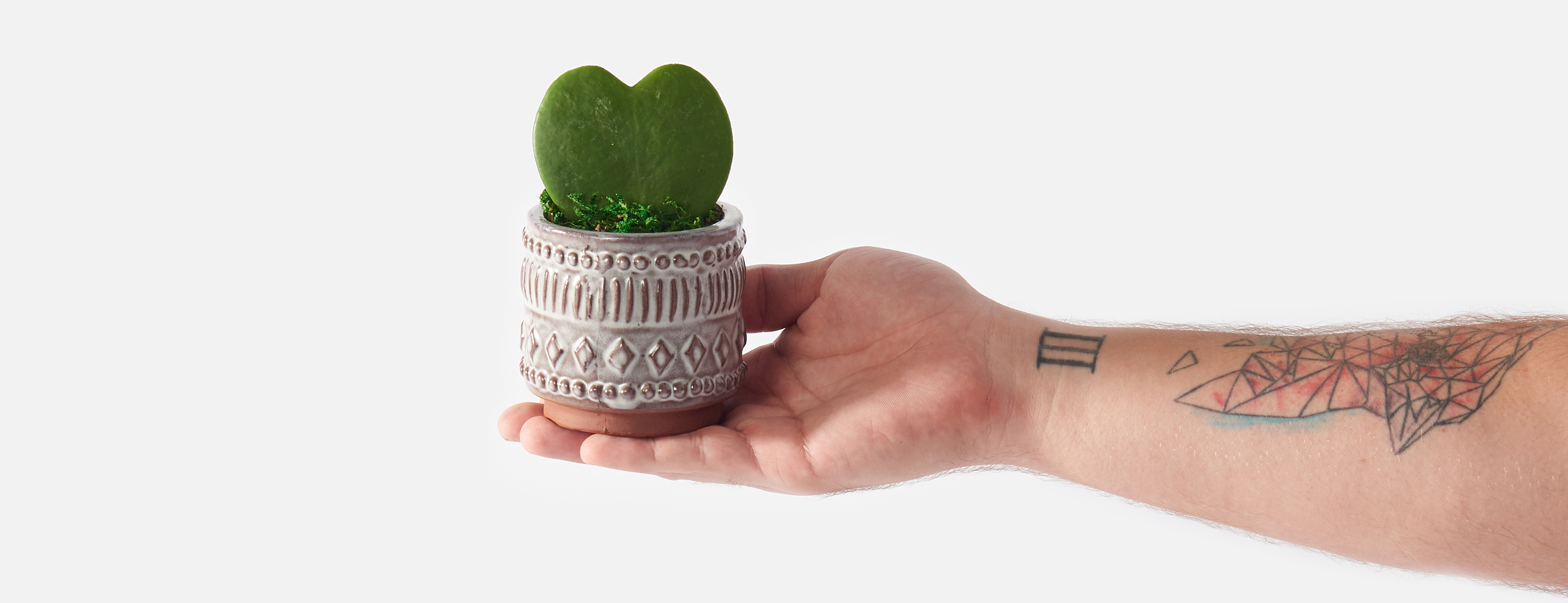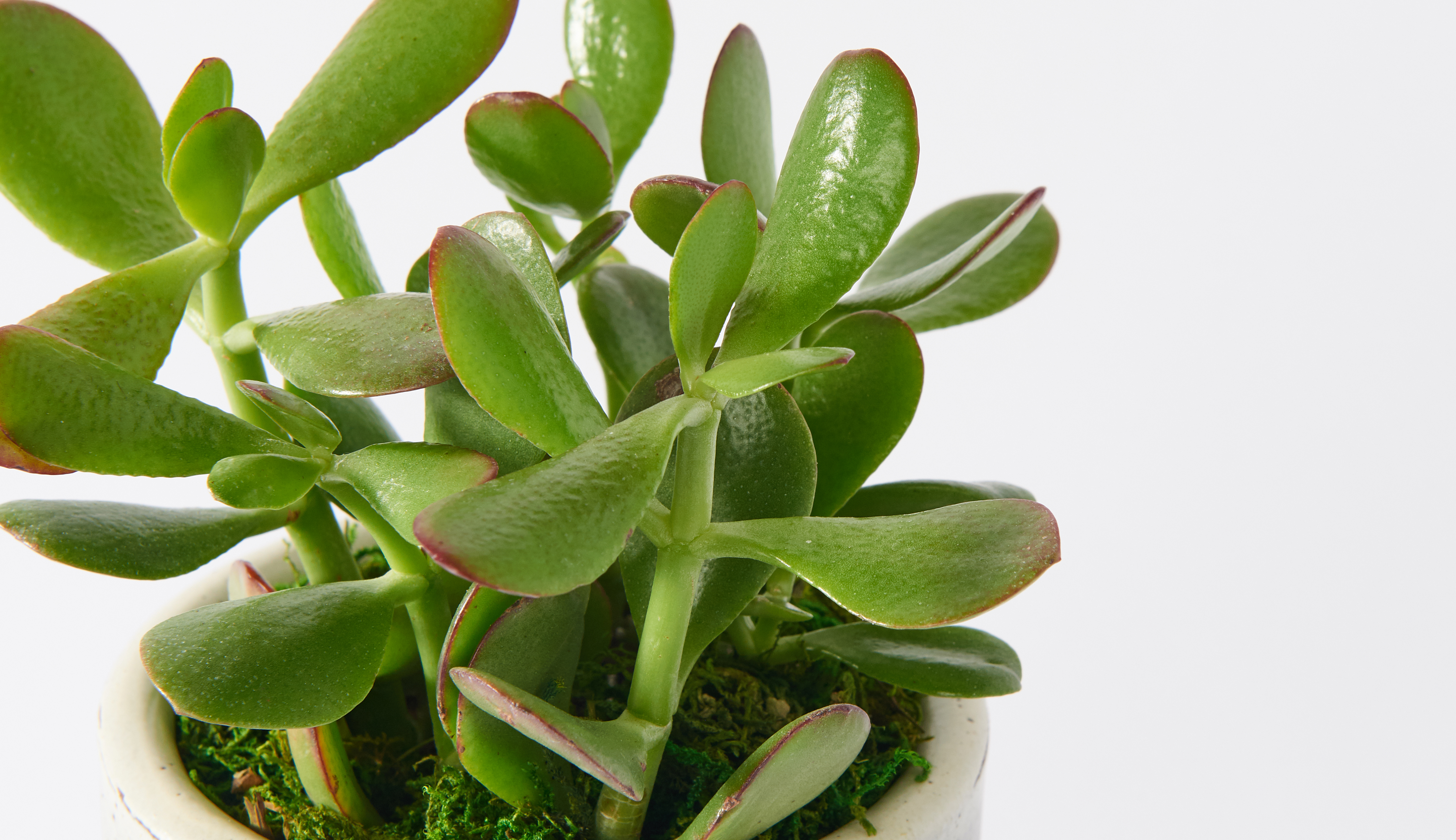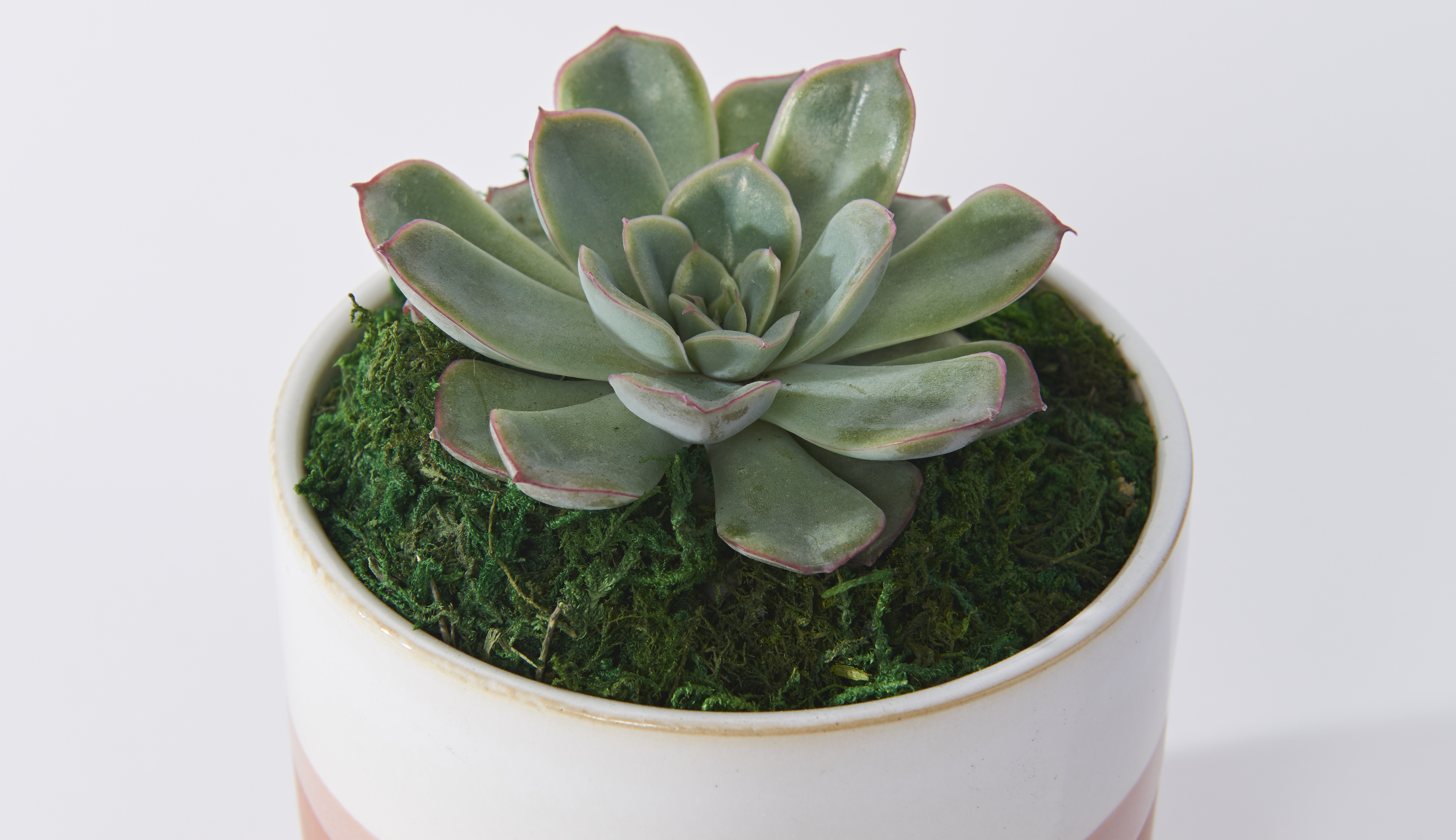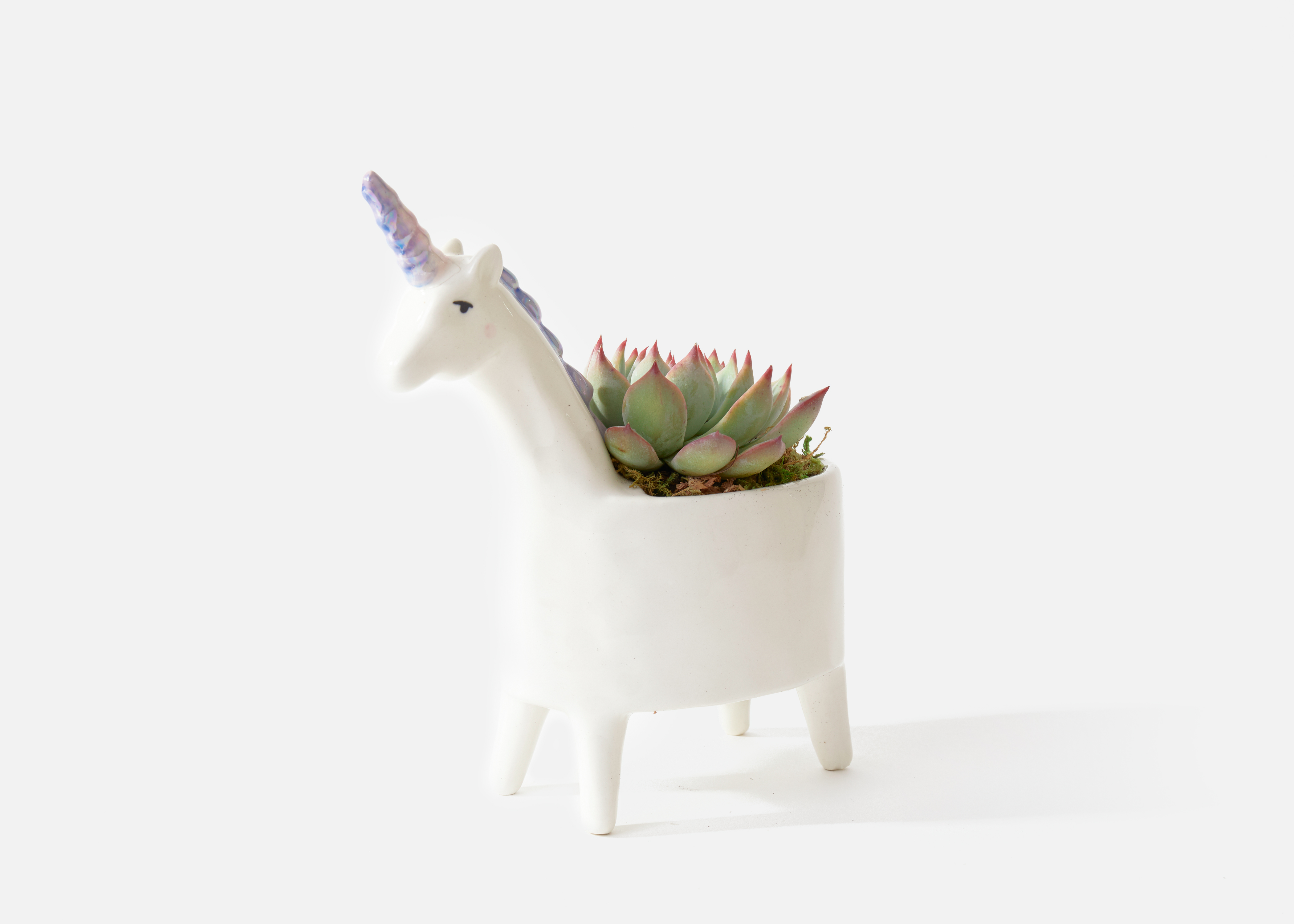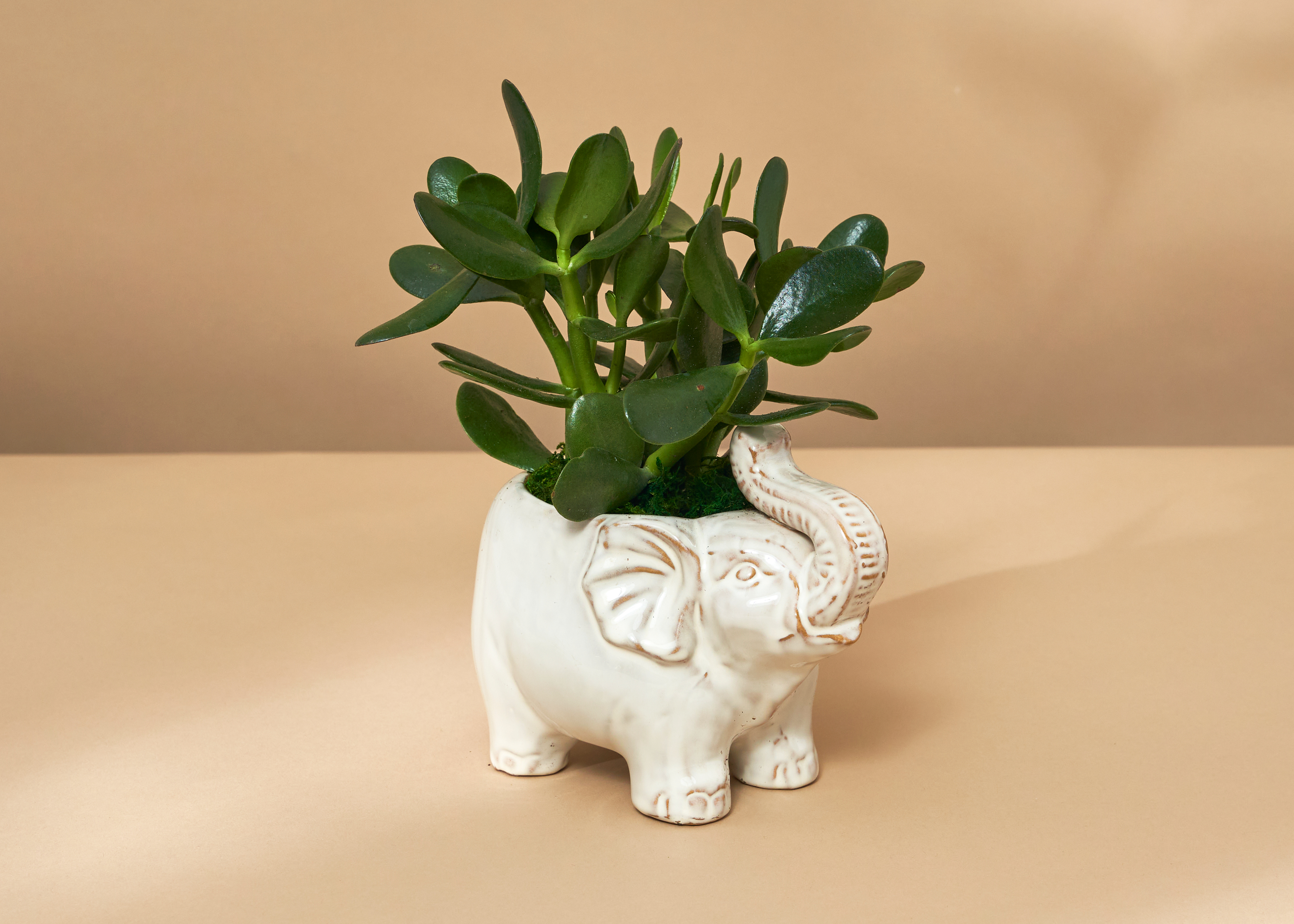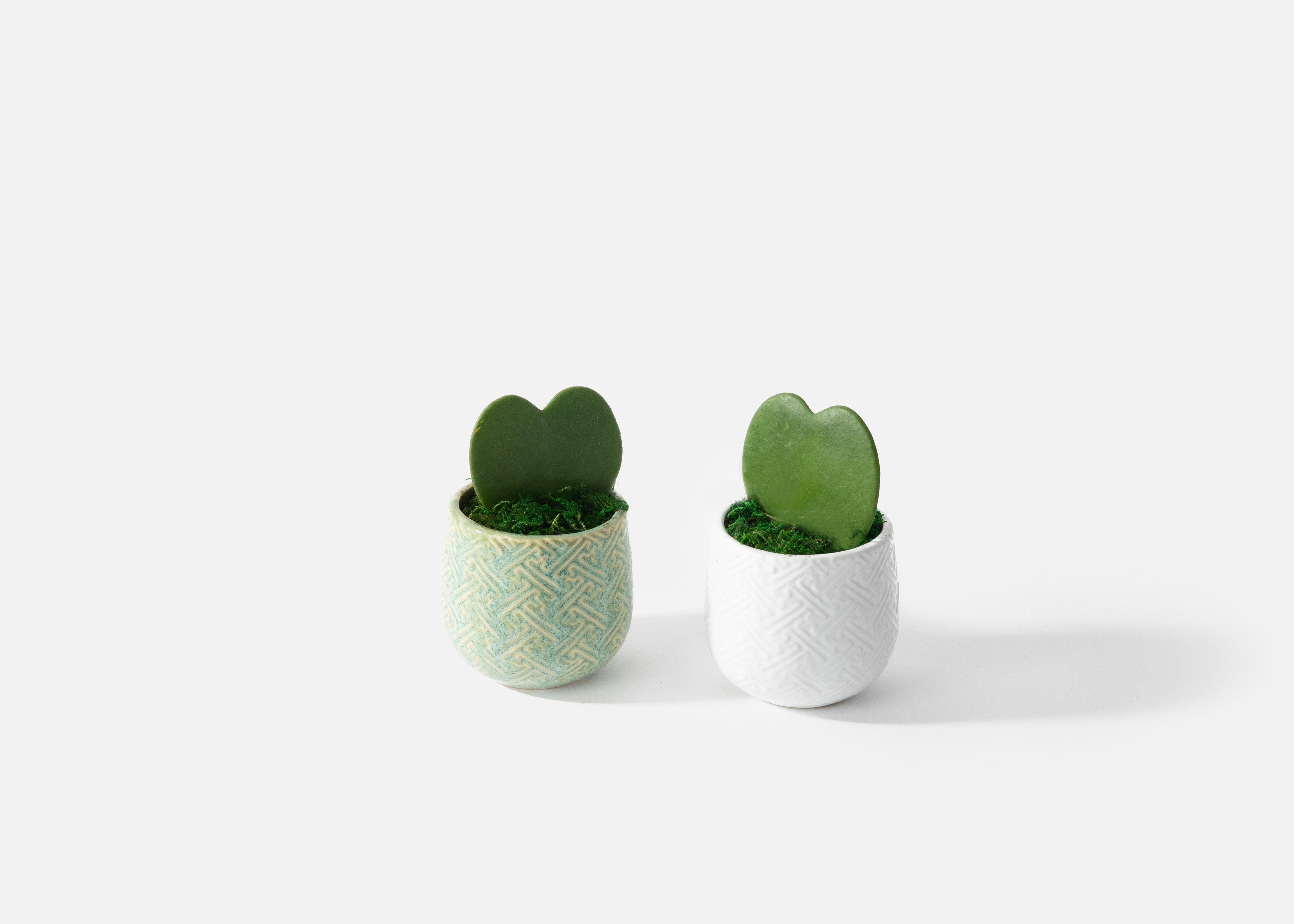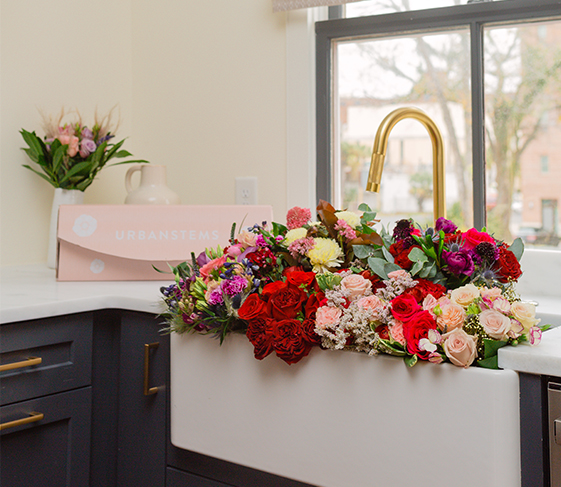Questions about watering succulents are what people ask most often, and for good reason. Moreso than with regular plants, the amount and frequency of watering can make or break your plant’s health. And just like with humans, succulents need more energy when they’re in a period of growth. During the spring and summer, when they are thriving, they need much more water than in the fall and winter, when they’re resting.
If you aren’t sure whether you should water your succulents or not, there’s a simple test you can do. Stick your finger in the soil! Yes, seriously, just stick your finger in and see how the top 1 inch feels. If it’s dry, grab your watering can. If it’s moist, skip the watering and check back in another few days. Overwatering can kill your succulents, so make sure you let the soil dry between waterings. Depending on the size of your succulent and its container, you might also be able to see the soil lightning up as it gets drier, which is another good indication that it’s ready for some H20!
If you’ve determined that it’s time to water, soak the soil until water starts to run out of the drainage holes in the bottom of your container. We’ll talk about containers and soil later, but if your container doesn’t have drainage holes, just use less water. Some people talk about using a spray bottle to water your succulents, but this is a suggestion that you shouldn’t follow. Misting can cause brittle roots and moldy leaves, neither of which is something you want. Alternatively, you can also place your pot in a pan of water and allow the water to absorb up through the drainage holes. Once the top of the soil is moist, remove the pot from the pan.
